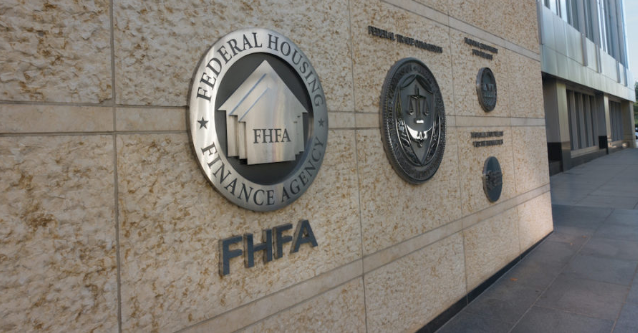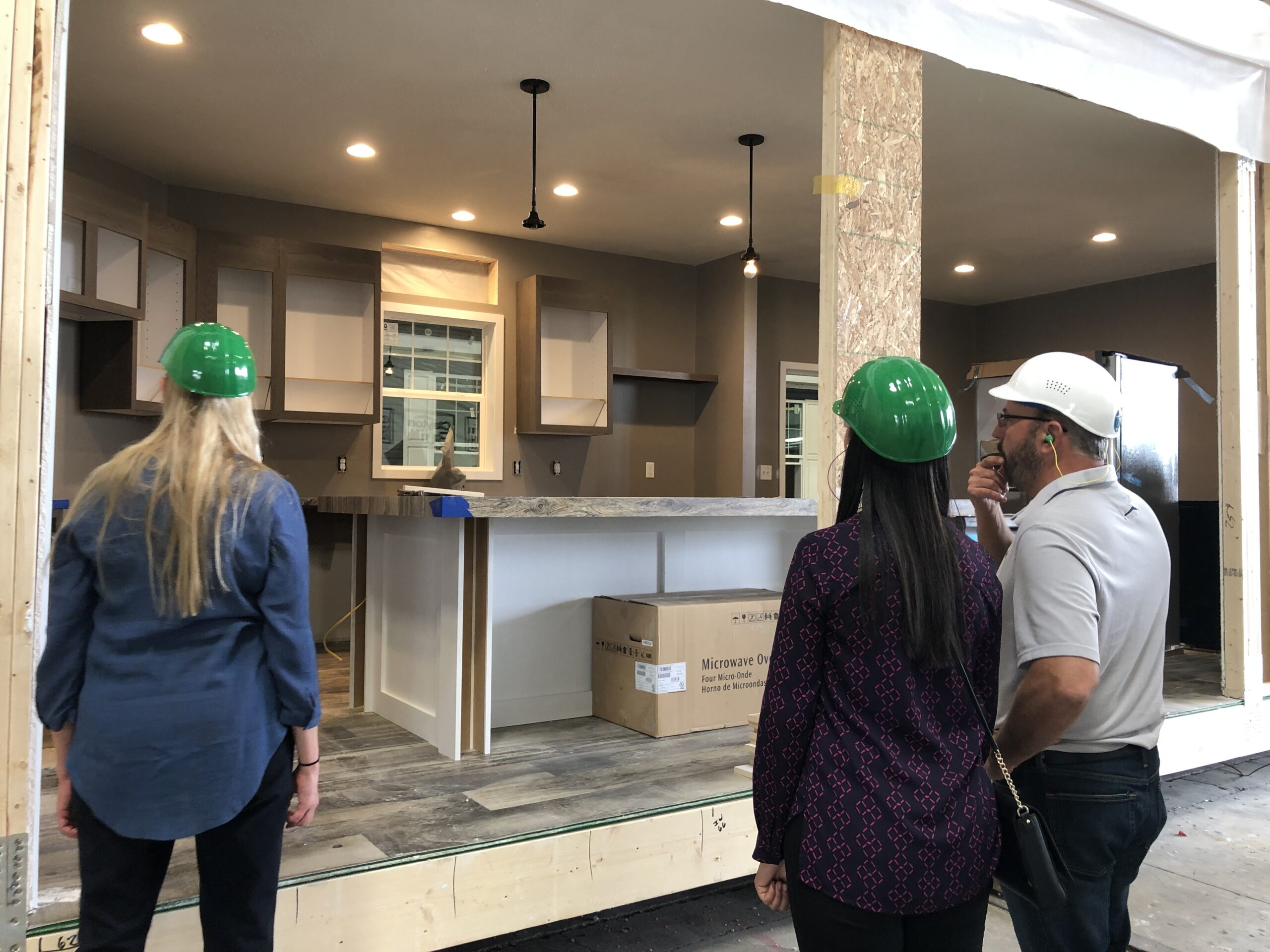2021 Loan Volume Caps Set at $70 Billion for Each Enterprise
In mid November the Federal Housing Finance Agency announced its 2021 requirements for Fannie Mae and Freddie Mac, with several changes in the mix for manufactured housing.
FHFA set lending caps for each of the Enterprises at $70 billion for the year, for a total of $140,000 billion in volume, a reduction of $60 billion. The schedule for the lowered loan volume cap is for the four quarters of 2021, rather than the five-quarter schedule implemented in previous years.
“Multifamily housing is a critical component of the nation’s housing supply and especially of its affordable housing stock. As we continue to address the shortage of affordable housing, especially amid the COVID crisis, FHFA will keep a close eye on the multifamily caps to ensure that they are sufficient and serve to increase the supply of affordable housing but do not crowd out private capital,” FHFA Director Mark Calabria said.
At least 50% of 2021 lending activity from the Enterprises, in order to get credit under Duty to Serve, must be tied to mission-driven affordable housing, including manufactured housing communities that for the first time must provide resident protections outlined by Freddie and Fannie in the Duty to Serve plan, or be communities owned by a nonprofit, the residents, or the government.
The new FHFA standard is heightened from the current 37.5% mission-driven, affordable housing mandate.
For 2021, mission-driven business is defined as affordable for residents at 80% of area median income. At least 20% of multifamily loan volume must be affordable for residents at 60% of AMI.
Tenant lease protections have been in use regularly leading up to the mandate, often exercised not only to provide security for residents but also to gain improved commercial lending terms.
Brett Taft is the Vice President and Chief Operating Officer for UMH Properties, which owns and operates communities in eight states.
“On our last GSE deal we received a substantial credit towards third party reports and a reduced interest rate,” Taft said. “By requiring the TSLPs it may deter some operators from obtaining the GSE loans or increase the cost, but we have been able to offer our residents the TSLPs.”
However, to this point, the plan is offered only for communities that lease space for resident-owned homes.
“In order to qualify for financing a certain percentage of the leases must have these TLSP protections,” Taft said. “We have worked with the GSE’s in the past to make accommodations for rental homes that are unable to institute the TSLPs. Rental homes in our communities provide the best quality affordable housing in any market. Apartments can also be considered affordable housing which qualify for the DTS credits. Our belief is that the rental homes will be classified more similarly to the apartment model. We expect additional clarity on the matter in the coming weeks.”













